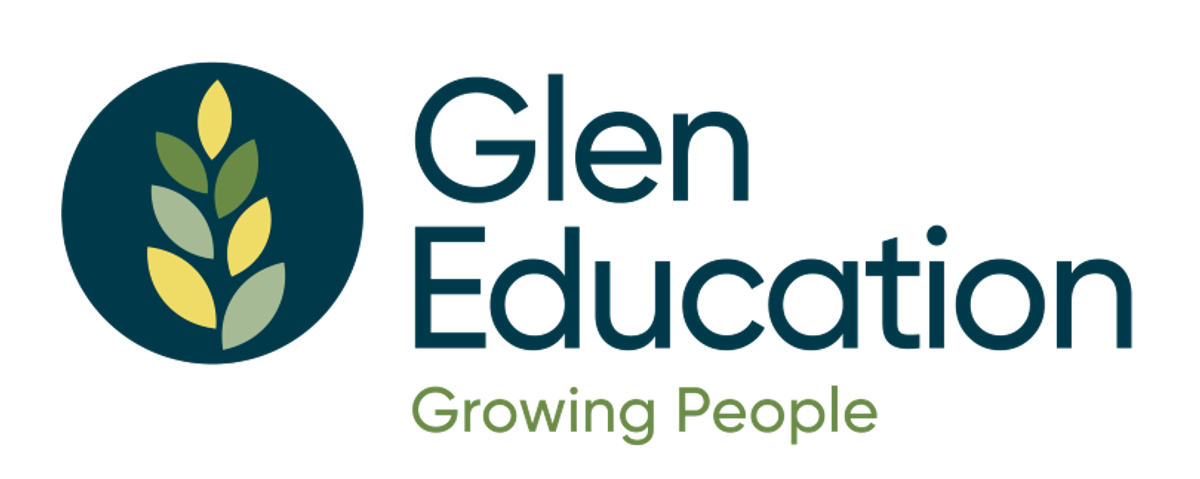CEO Report

CEO: Samantha Kolasa
A very warm welcome to our new families of 2023, and also to those who we already know and appreciate. I cannot believe that term one is already over. Each year seems to go quicker than the one before, and it reinforces the notion that children grow up so fast. It feels like only yesterday that I had a daughter in kindergarten.
At Glen Education, we are committed to the delivery of high-quality early learning, and with that comes a focus on the environment in which our children grow and thrive. We pride ourselves on the provision of creating natural spaces that allow children to learn with all of their senses. Our educational staff often refer to the environment as a child’s third teacher given its critical importance in early childhood development.
The natural environment in which children learn can be both indoors and outdoors. In essence, when we refer to the natural environment, it includes any place your children live, learn and play. This could be your home, backyard, kindergarten, the local park, supermarket, or library. The list is endless. Yet all of these natural environments are important for learning and development.
The materials with which children learn within these natural environments is equally as important. Toys, rocks, books, swings, spoons…the list is endless. So too are the people whom your child interacts with. These experiences actively contribute to your child’s learning and development.
Current research shows that experiences within natural environments are beneficial for children in many ways. At Glen Education, we take pride in the beautiful outdoor spaces we have created to further enhance your child’s learning. Playing outdoors is important for developing capacities for physical health, creativity, symbolic play, problem solving and intellectual development. Engaging in nature, and spending time in the outdoors can increase the motor skills of a child.
With many children participating in kindergarten for two or more days per week, for up to eight hours at a time, our educators ensure that both the indoor and outdoor spaces have an abundance of natural elements that are vital to children’s overall health and functioning. Naturalising learning environments means bringing back trees, shrubs, perennial plants, vines, and edible plants for children’s enjoyment and healthy development. It also means using sustainable products that mirror the natural environment. The use of wooden chairs and tables, and an absence of plastic within our services is a deliberate attempt at creating environments for your children where they get to appreciate high-quality materials to nurture their creativity and inquiring minds.
Creating natural environments are our services enables staff to incorporate the interests and routines of your child and family. These might be daily activities such as eating, dressing, playing, reading, walking, going to the playground, community participation, taking part in cultural practices, going to the grocery store, and riding in different forms of transportation. All of these activities within a child’s natural environment create opportunities for learning and development.
Natural environments make every moment of your child’s day an opportunity for inclusion and for developing new skills. That’s important because when children are engaged in activities and playing with objects in which they are interested, they learn best. Natural environments help your child model the behaviour and skills of family and peers. They also make it more comfortable for your child and family to practice new skills to determine what does and does not work.
I encourage you all to explore the natural environments that surround youwith your children. They will benefit enormously from the experiences and create long lasting memories as part of their educational journey.


